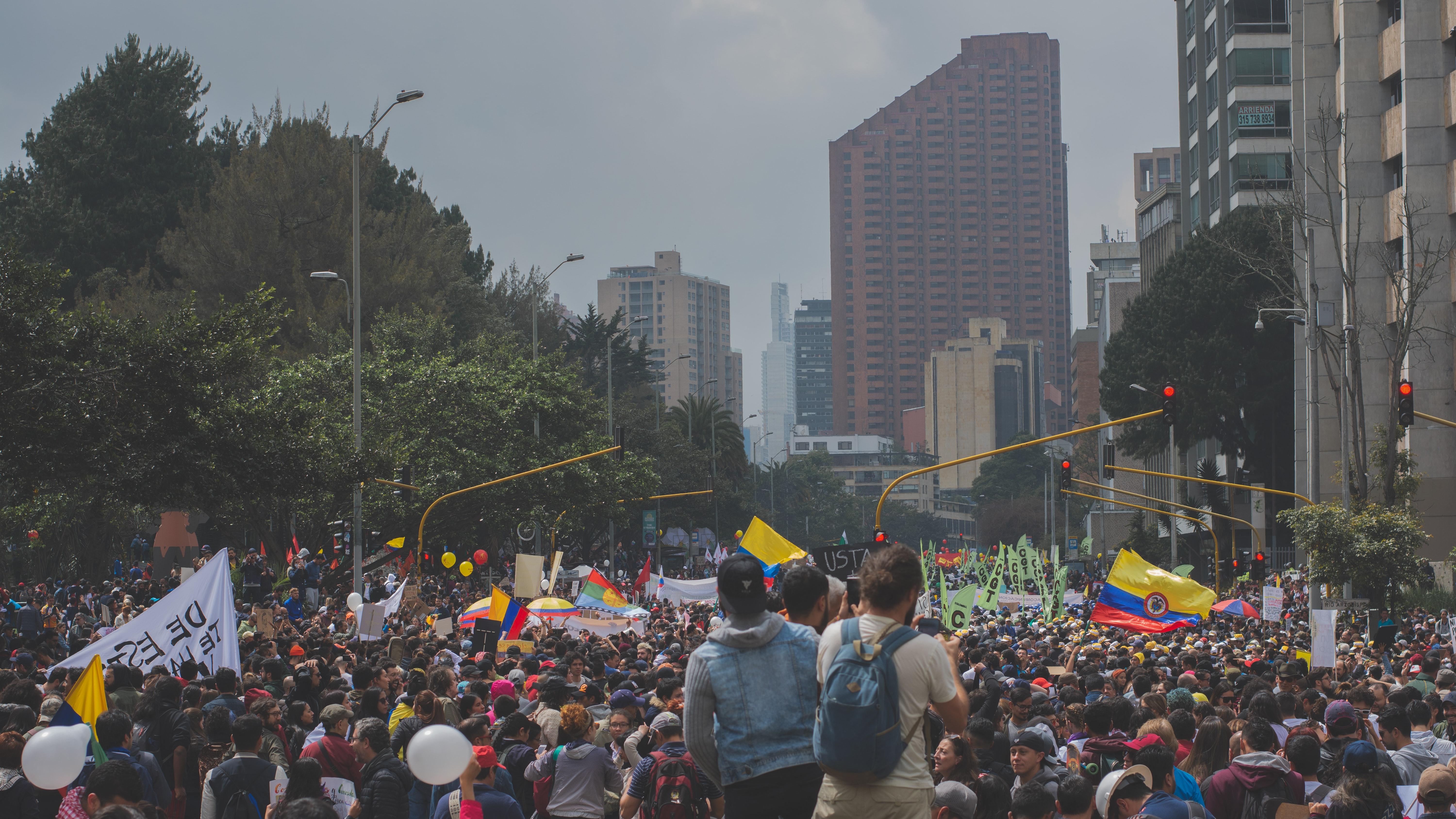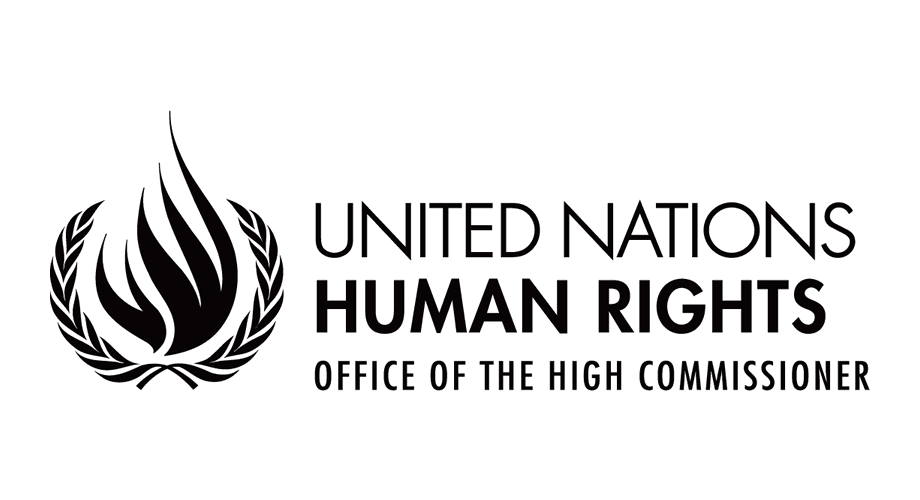“Women Organized in Resistance” reads the banner hanging on the wall behind these women textile workers who are making their struggle very public. Draped over the table where they sit is another banner: “Together We Break the Chains.” Rina Vargas explains what’s going on: “Today marks the 55th day of the hunger strike and we can affirm that the Salvadoran State and the institutionality that it defends so much has failed the working class. The constitution of the republic is used at the convenience of economic power, the foreign-owned companies are defended, but thousands of workers who produce wealth in this country are abandoned.”
- Home
- About Us
- Issues
- Countries
- Rapid Response Network
- Young Adults
- Get Involved
- Calendar
- Donate
- Blog


